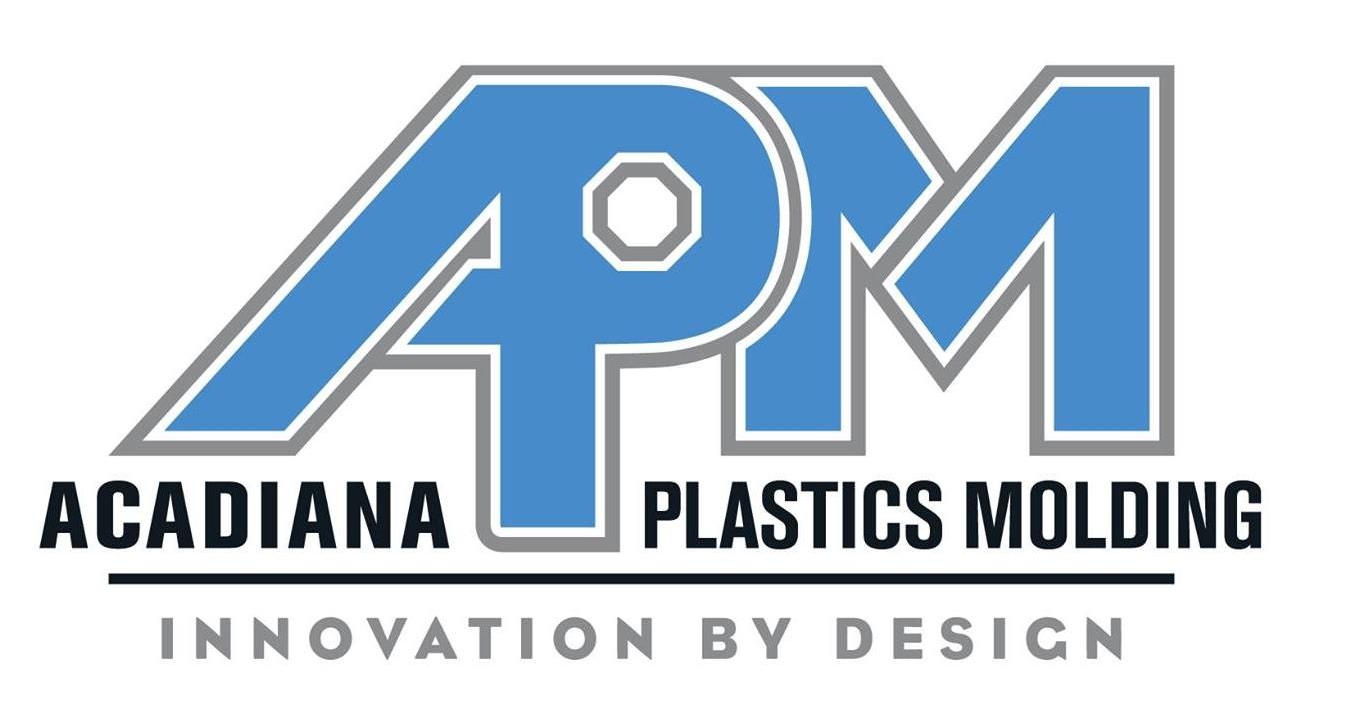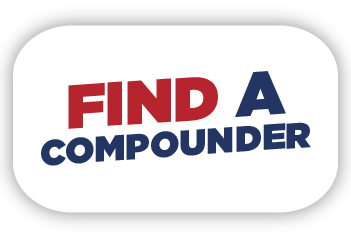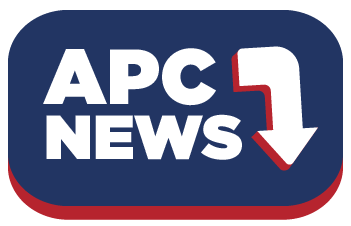March 8, 2024
Lilly gets cute, we respond
In an open letter released yesterday, drugmaker Eli Lilly had plenty to say about compounded GLP-1s, and – surprise! – not all of it accurate.
The good news is that our strategy to reach reporters and educate them is apparently working. Reuters immediately reached out to APC for comment for their reporting on Lilly’s letter. We’re seeing the same thing from other media outlets. In the past two weeks alone, we’ve briefed reporters from Bloomberg, Scripps, National Geographic, EverydayHealth and WebMD. Next week I’m recording a Wall Street Journal podcast on compounded GLP-1s.
It’s been a long time since compounding has had this kind of exposure. Our aim is to make sure reporters are accurate in what they write about pharmacy compounding and to position APC as a highly credible source of information about the industry. We can’t influence every story, but we’re providing perspective wherever we can. Your dues dollars allow us to do that.
About that Lilly letter: Here’s our complete statement to Reuters, a bit of which is excerpted below (but click and read the entire thing – especially the parts about Lilly’s effort to grab headlines).
In its letter, Lilly rather cleverly conflates legitimate compounded medications prepared by a compounding pharmacy with illicit counterfeit substances obtained without a prescription. Surely the drugmaker knows this is misleading.
Legitimate compounded drugs are prescribed by a physician for a specific patient when an FDA-approved drug is not appropriate for or available to that patient. They are prepared and dispensed by state-licensed compounding pharmacies using documented pure active pharmaceutical ingredients that come from FDA-registered facilities.
Lilly rightly notes that compounded drugs are not FDA-approved. But that fact does not mean compounded drugs are unsafe – any more than it means that FDA-approved drugs are always safe.
— Scott
 Scott Brunner, CAE, is APC’s chief executive officer. You can reach him at scott@a4pc.org.
Scott Brunner, CAE, is APC’s chief executive officer. You can reach him at scott@a4pc.org.
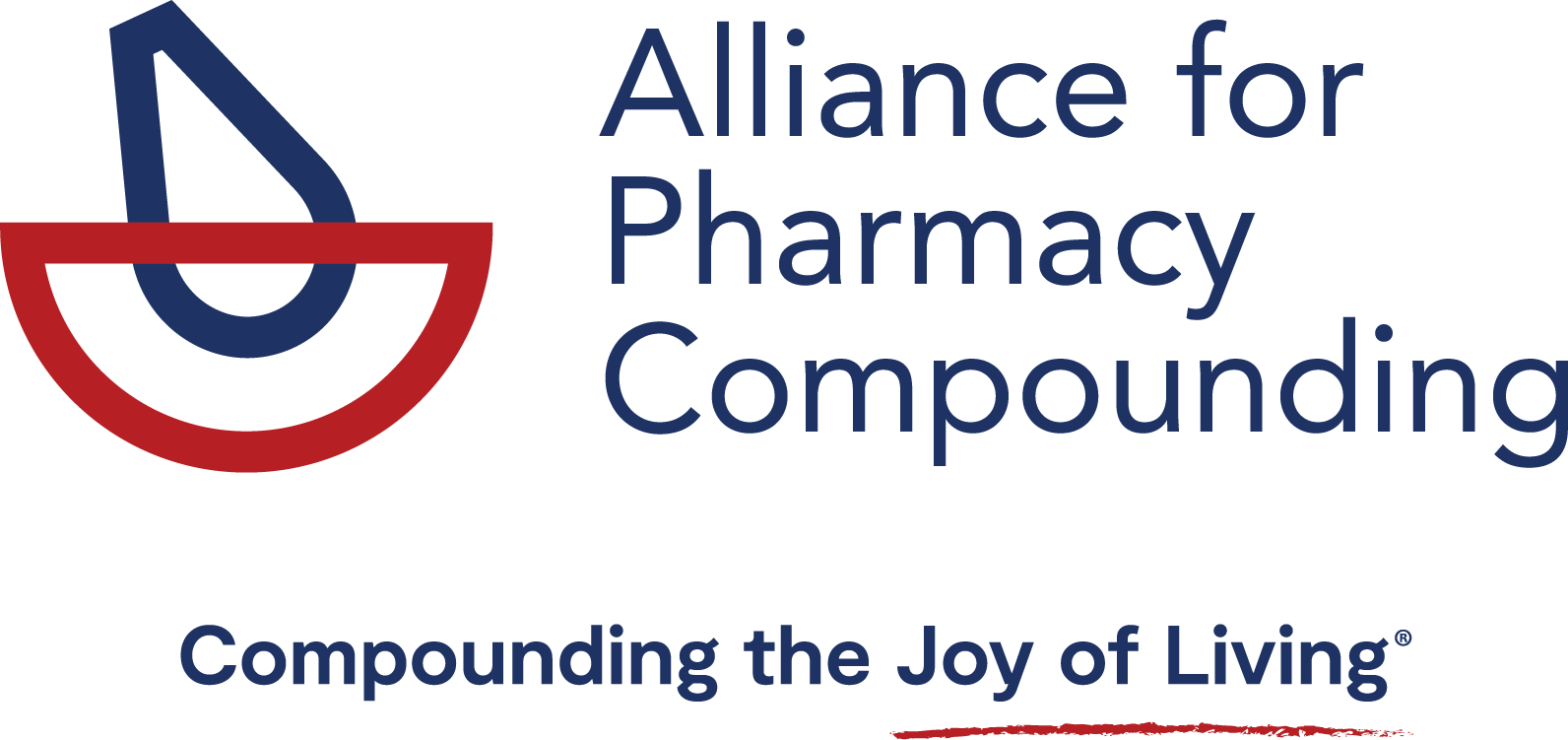
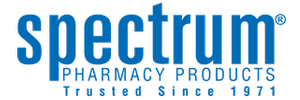



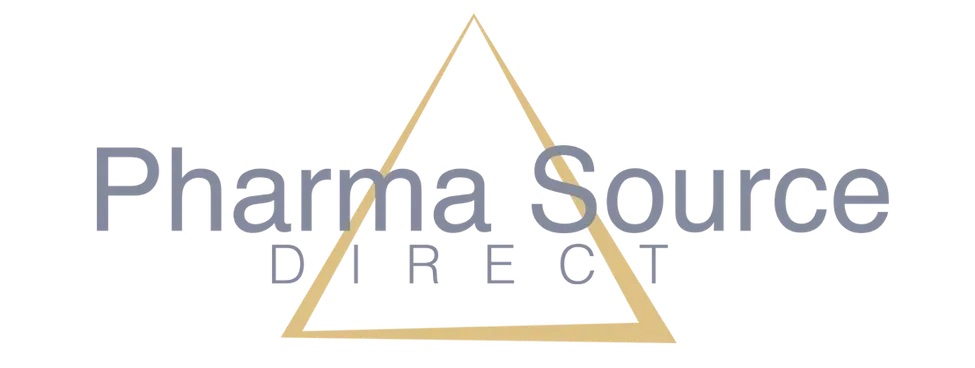


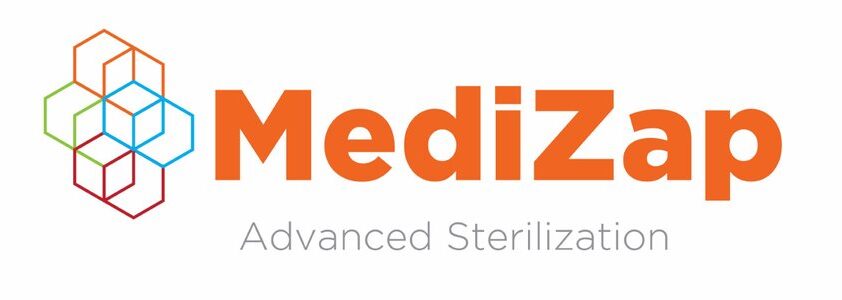


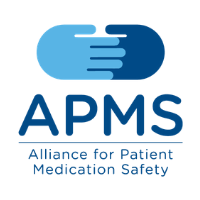
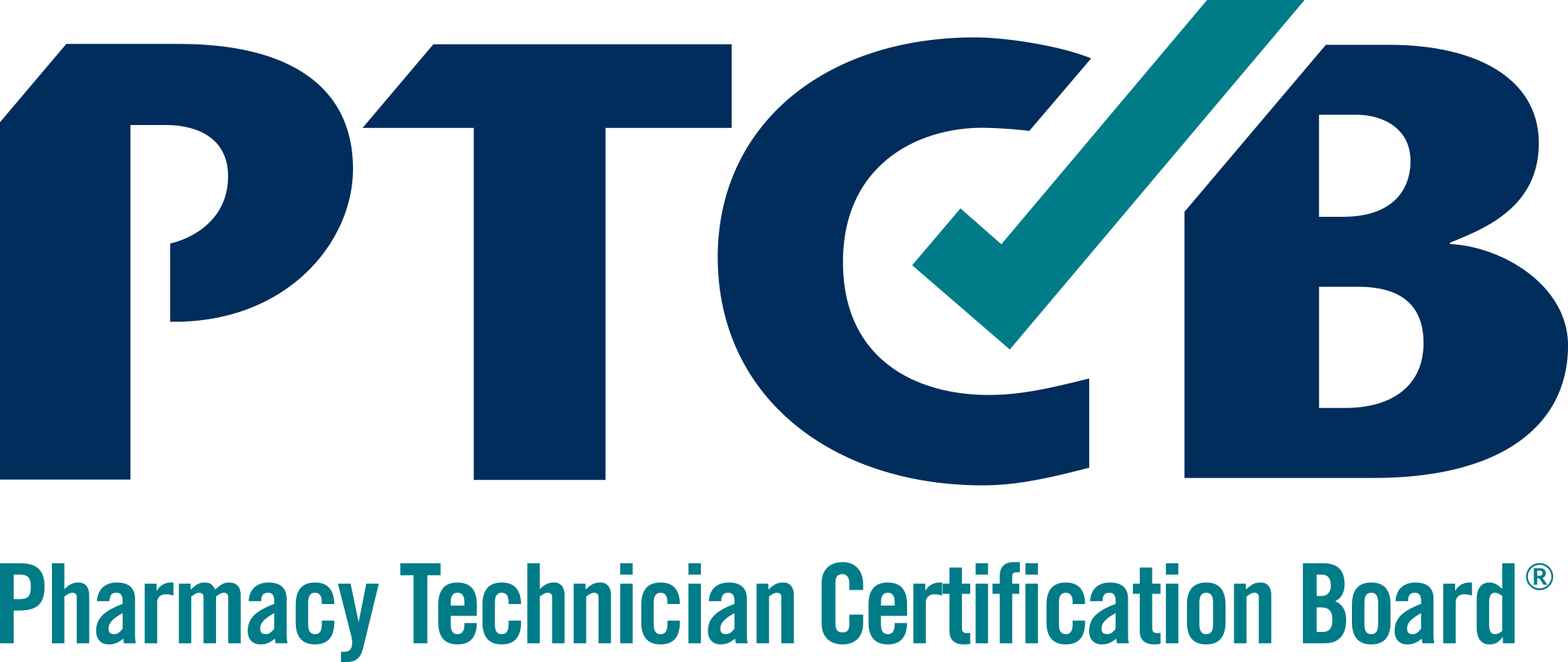


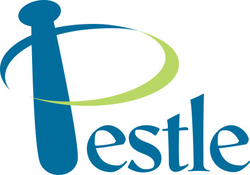

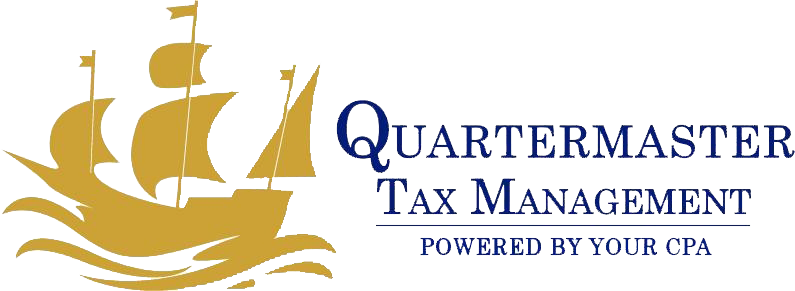

![Topi-CLICK a Division of TEAM Outlines[1]](https://a4pc.org/files/Topi-CLICK-a-Division-of-TEAM-Outlines1.png)





